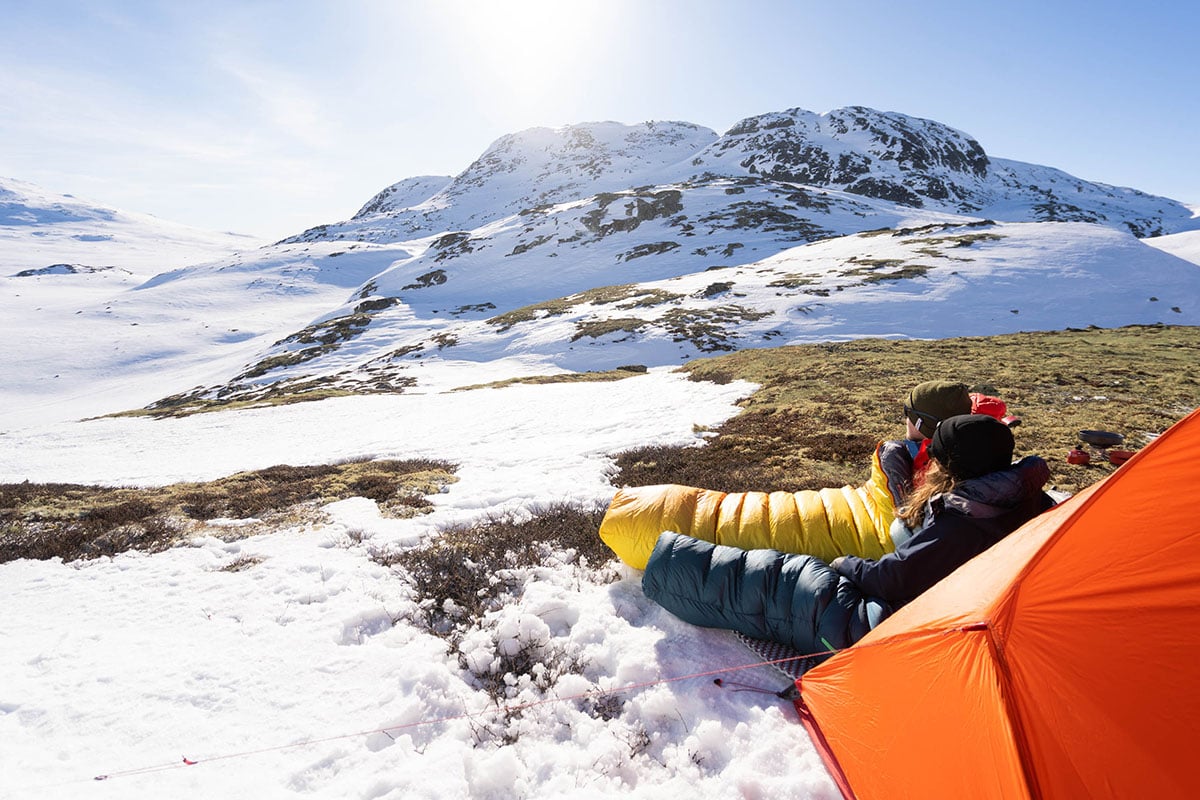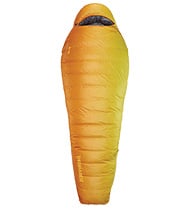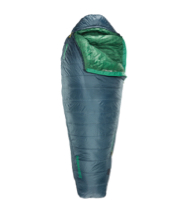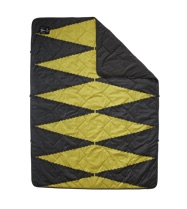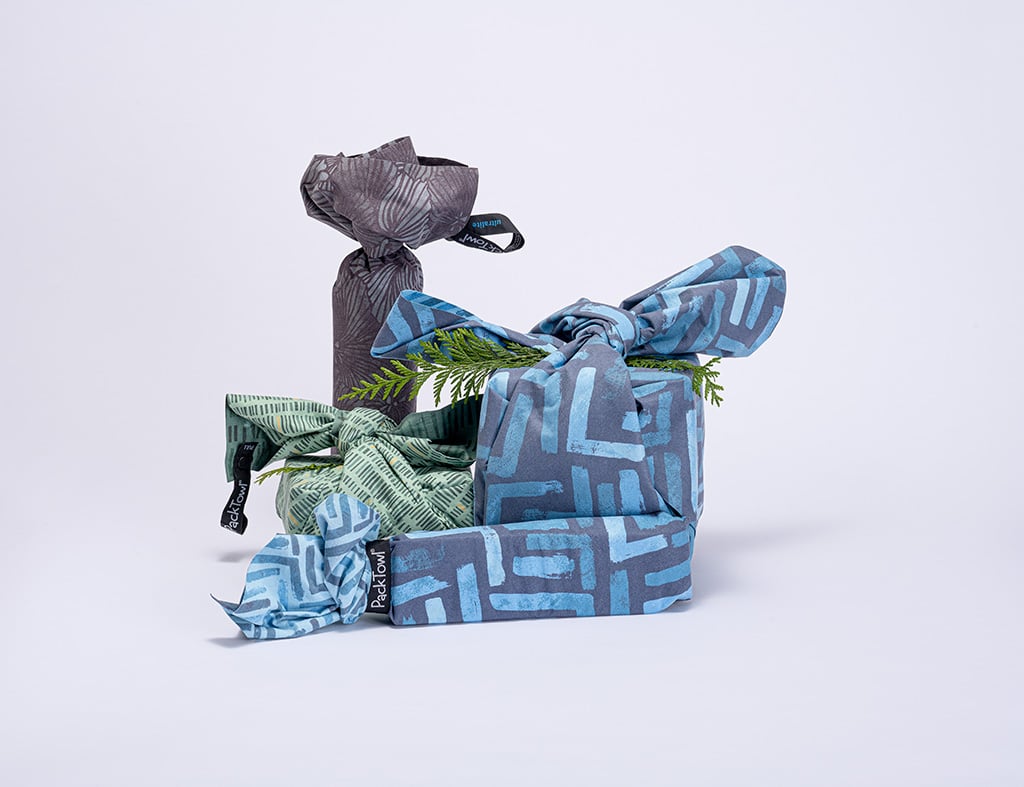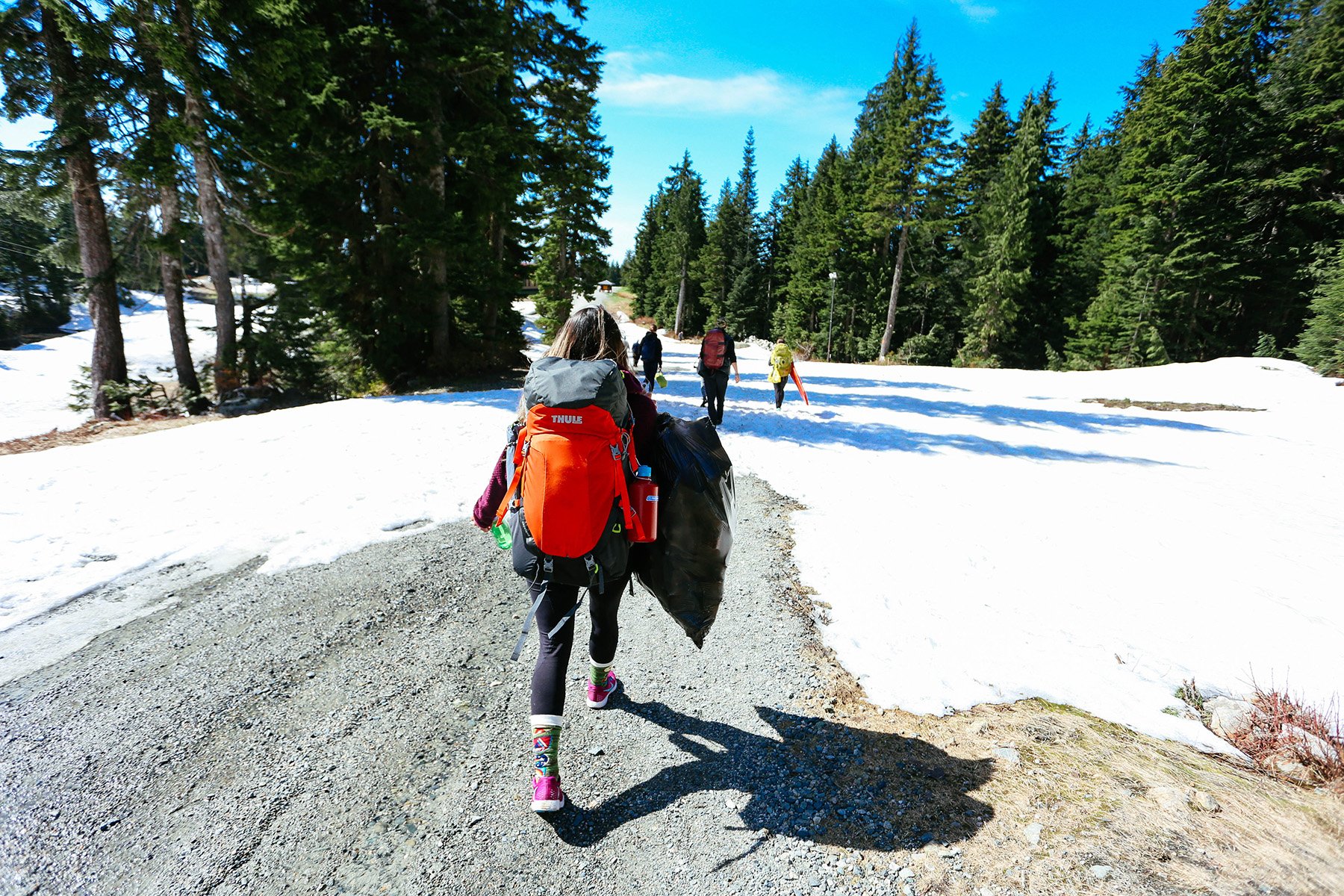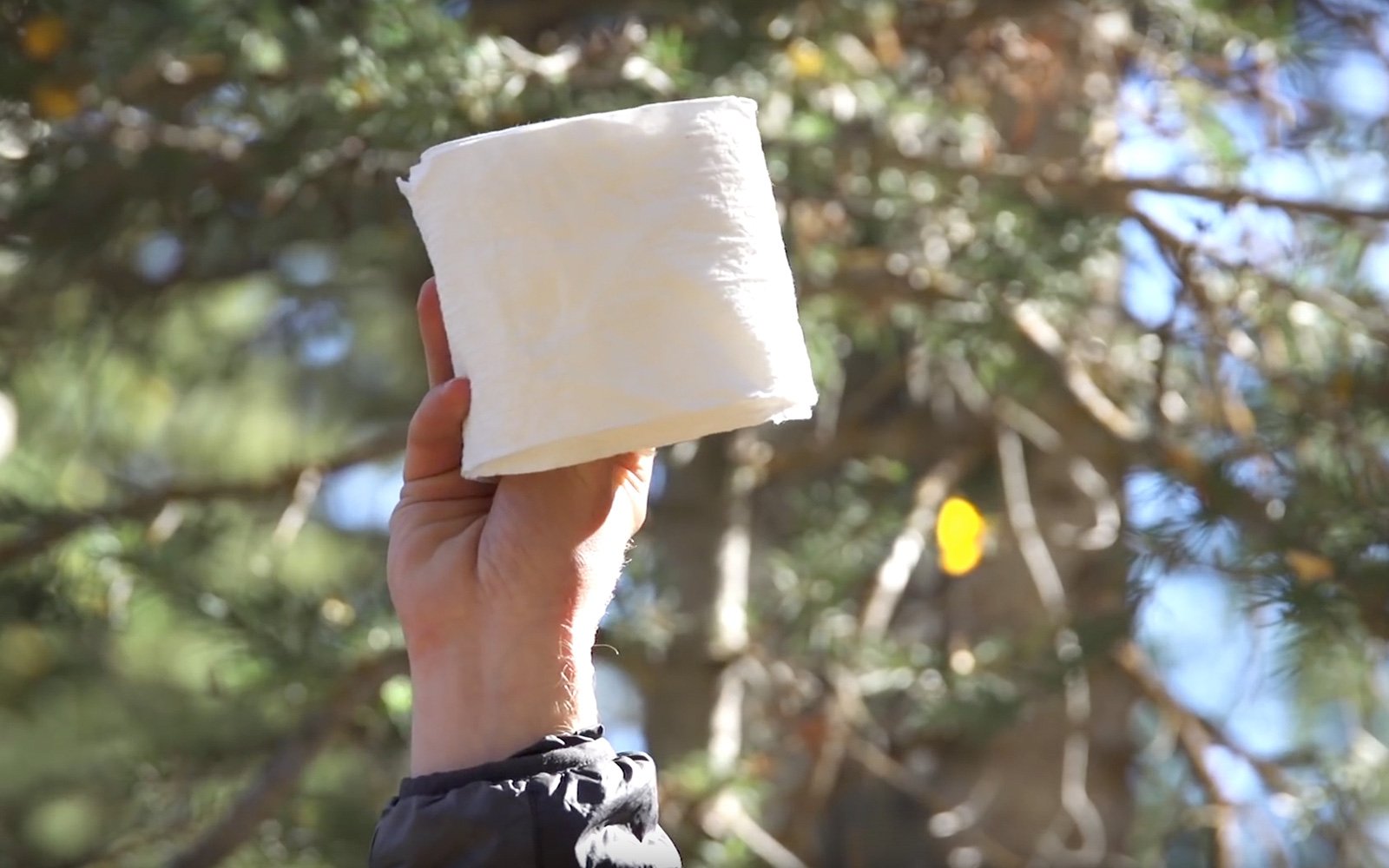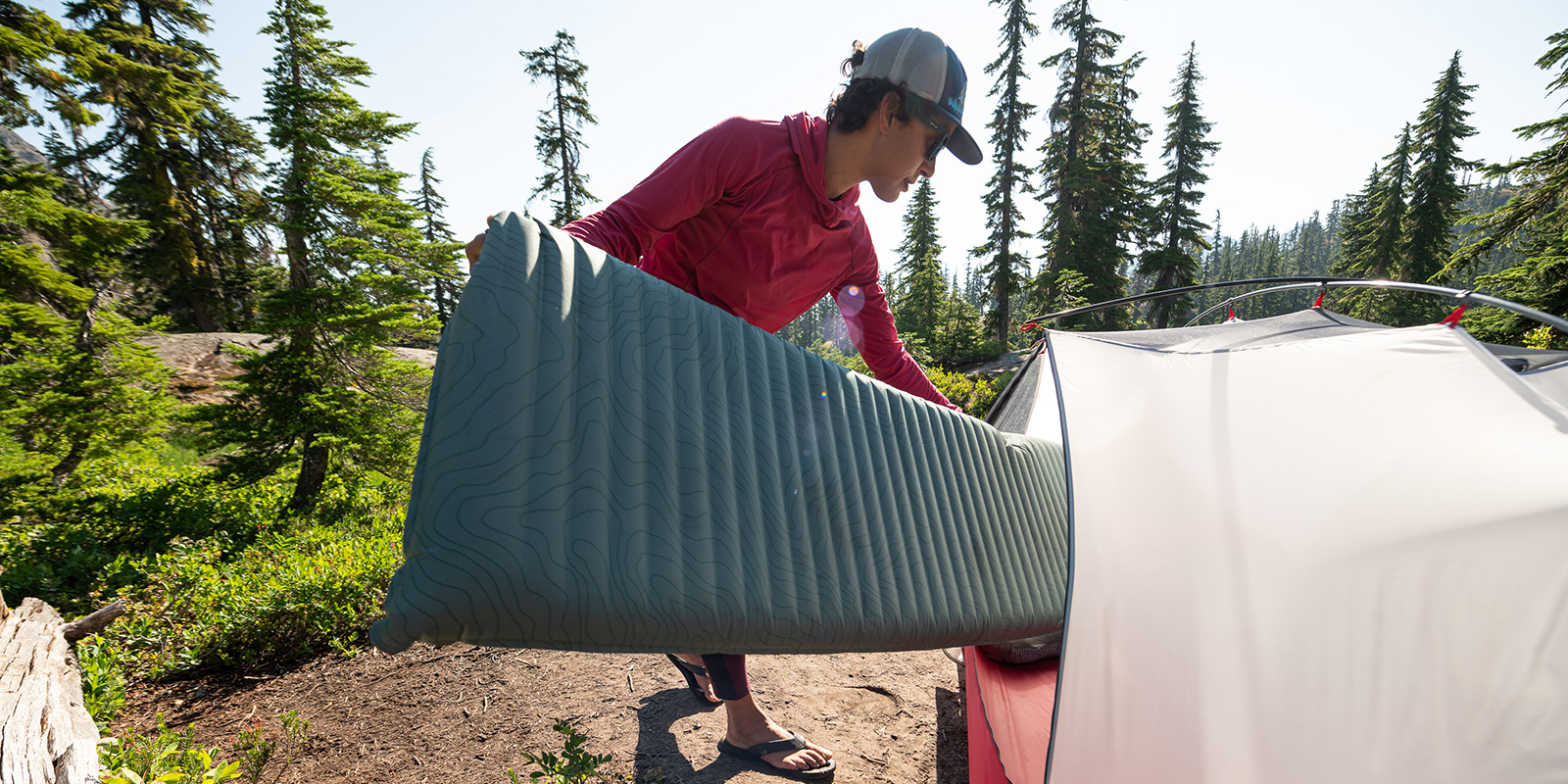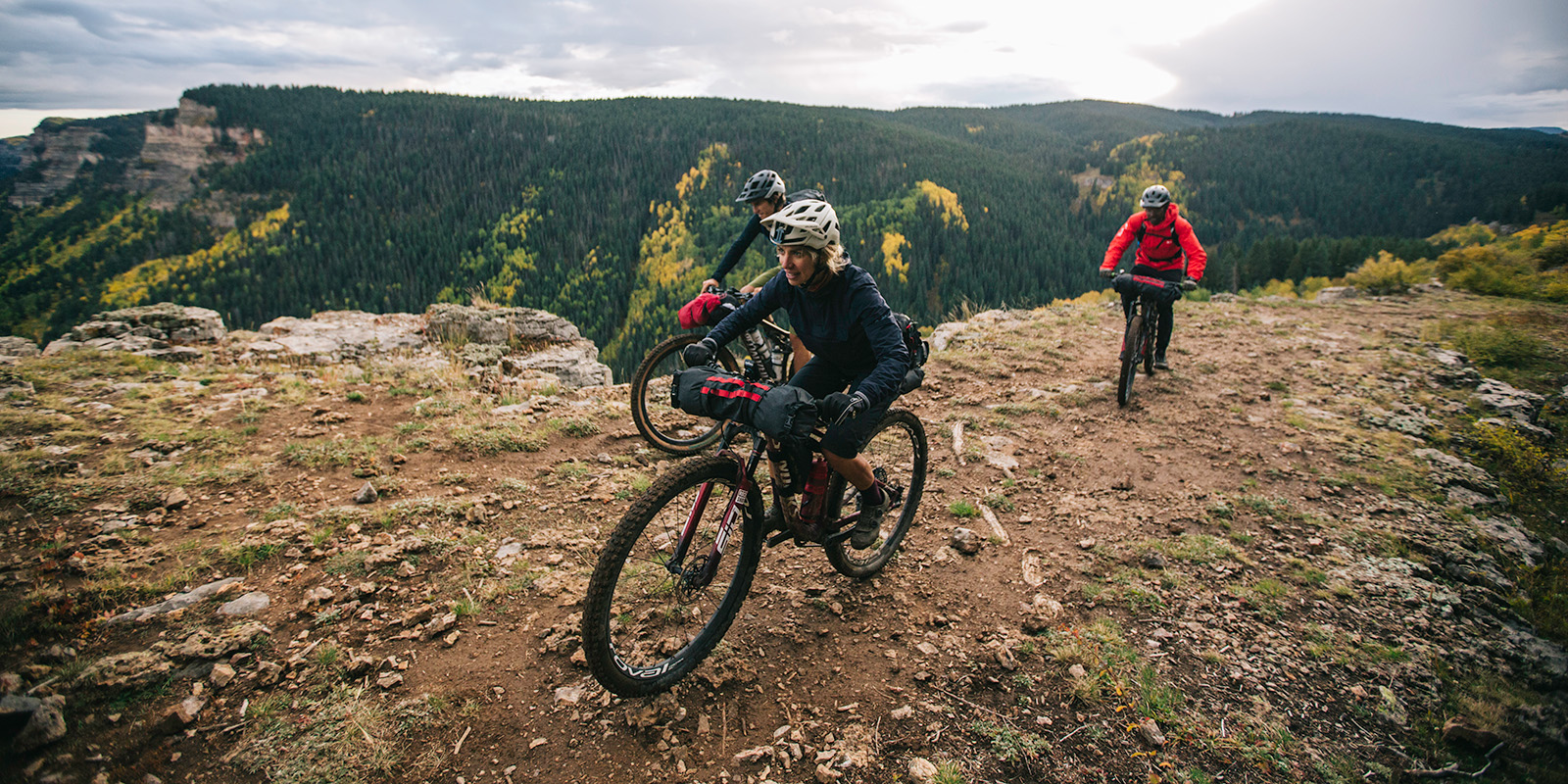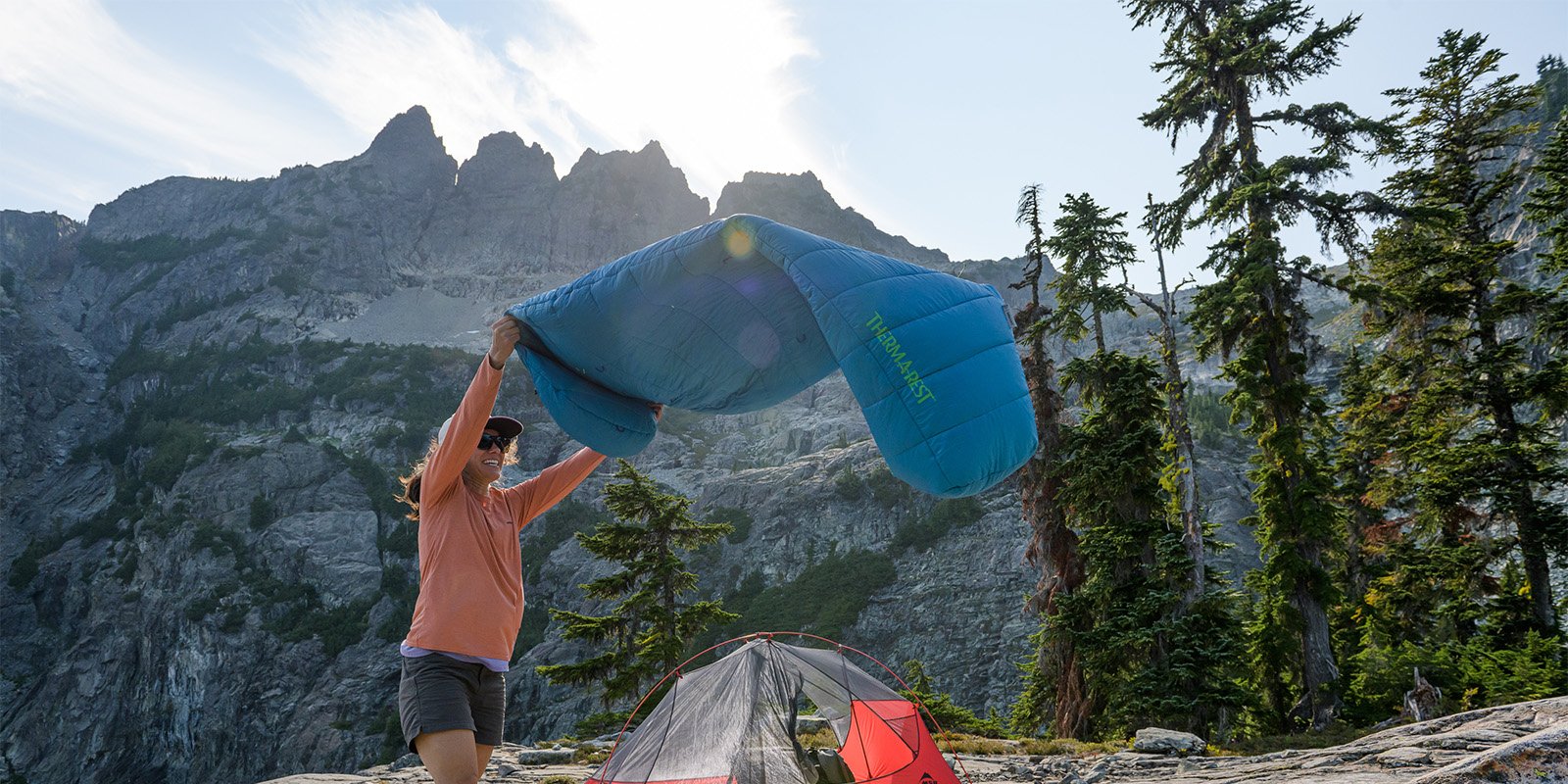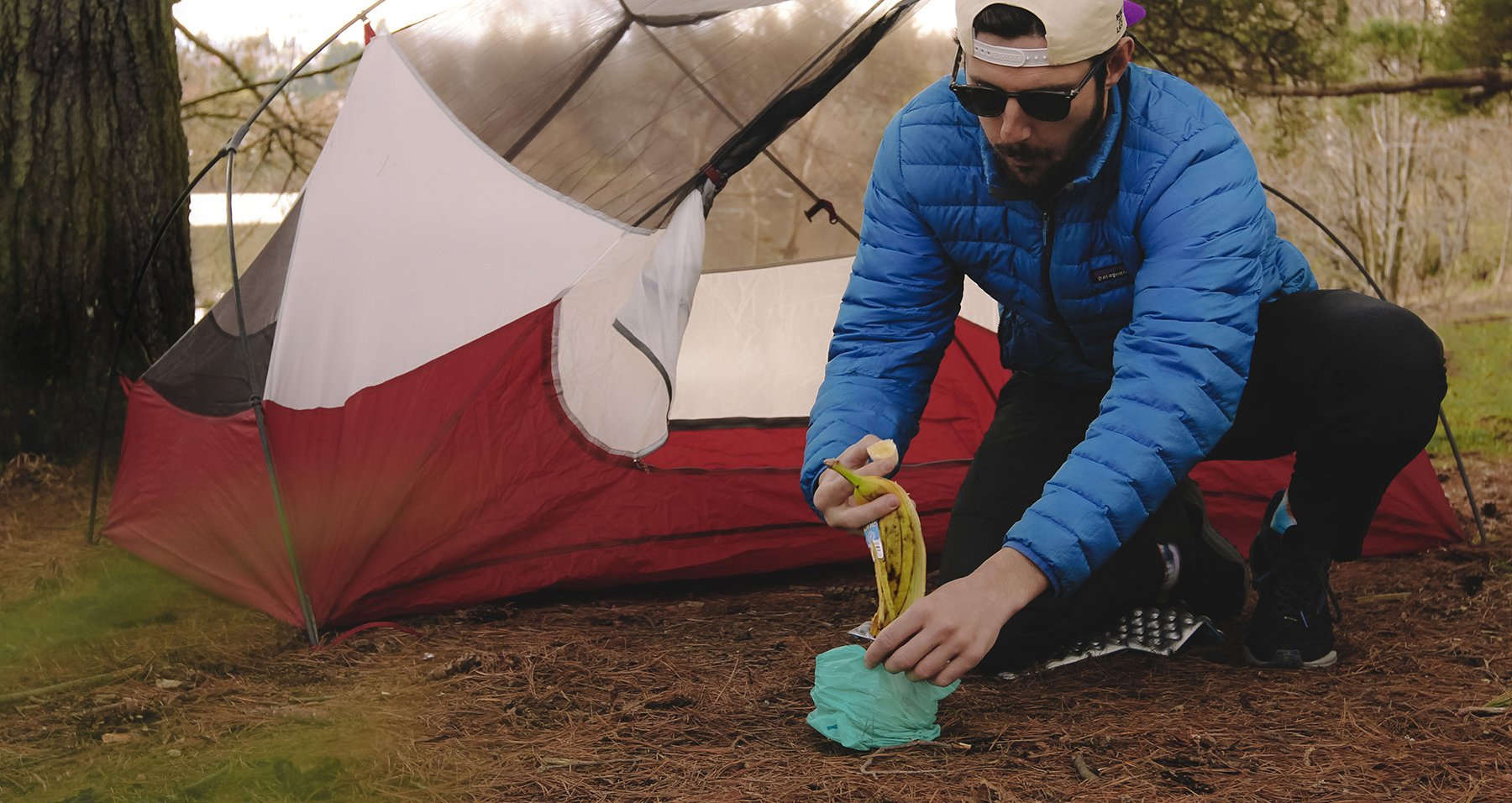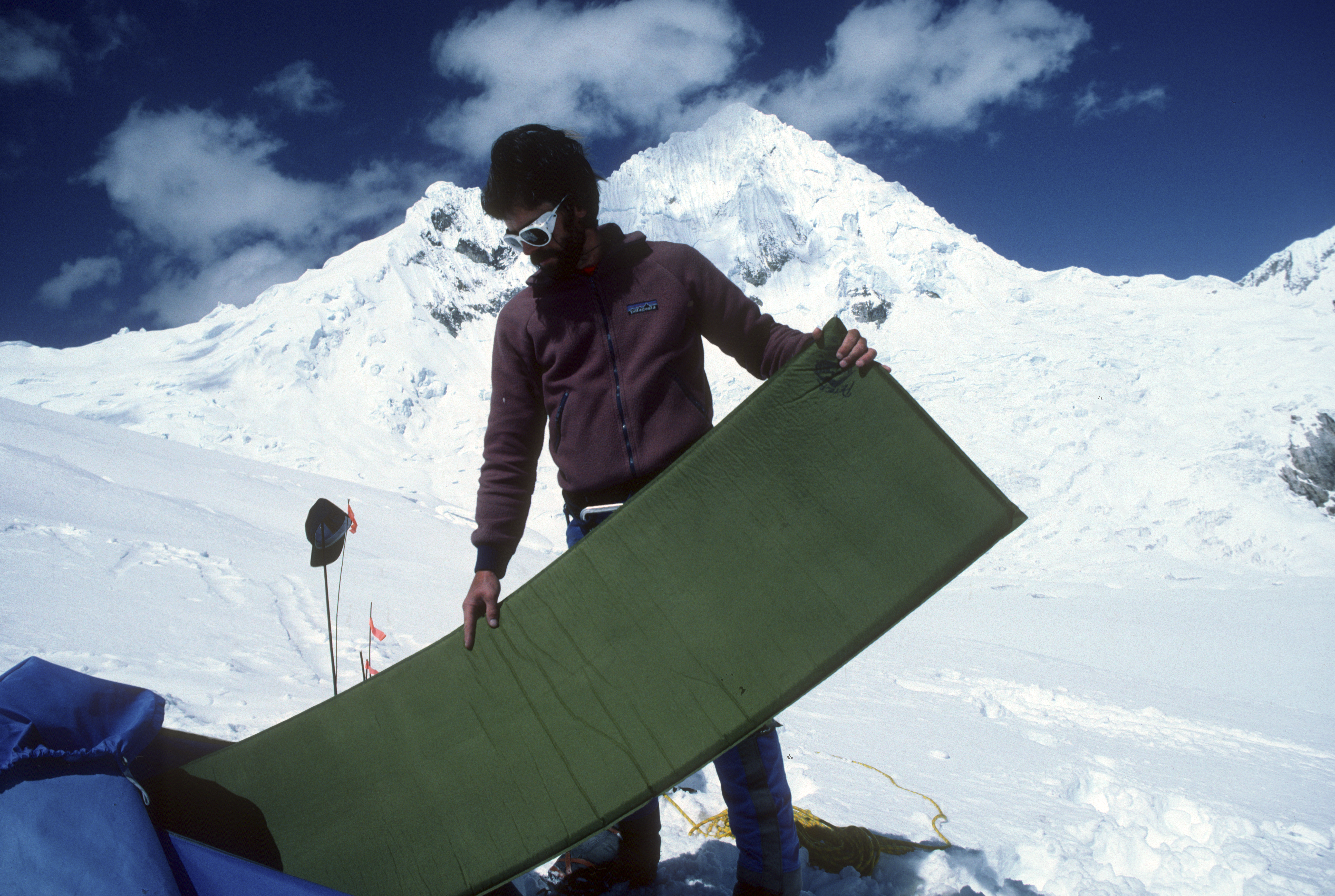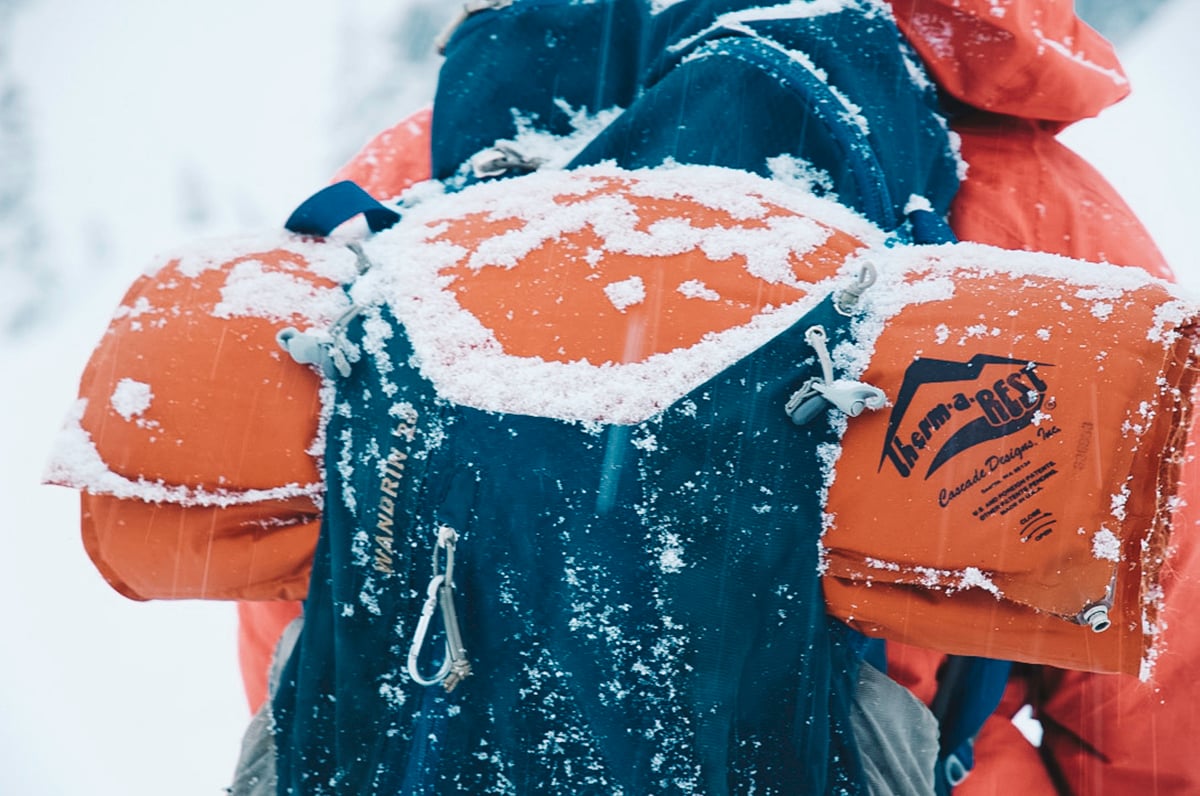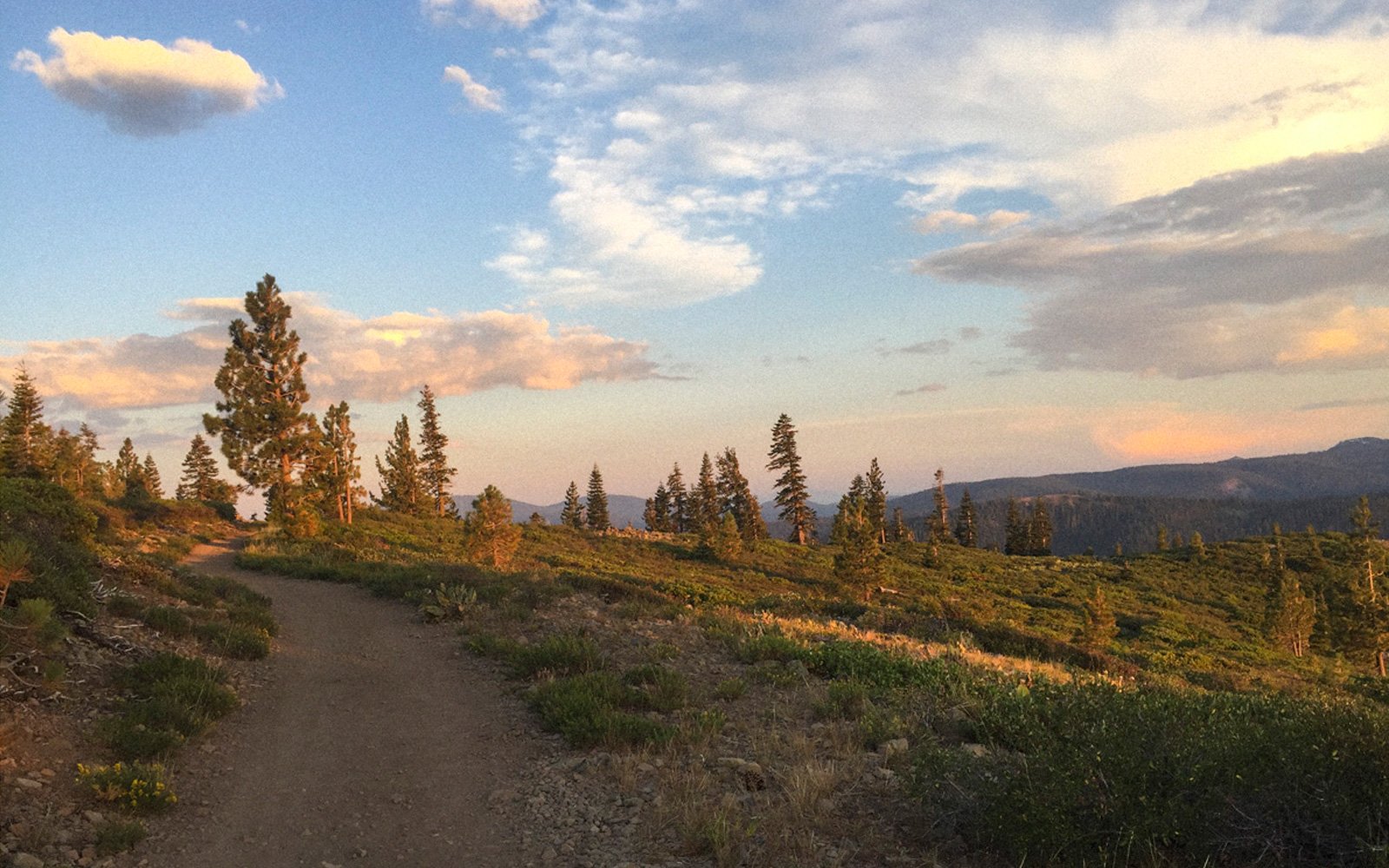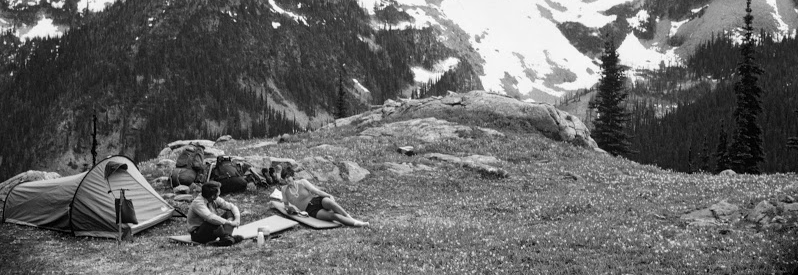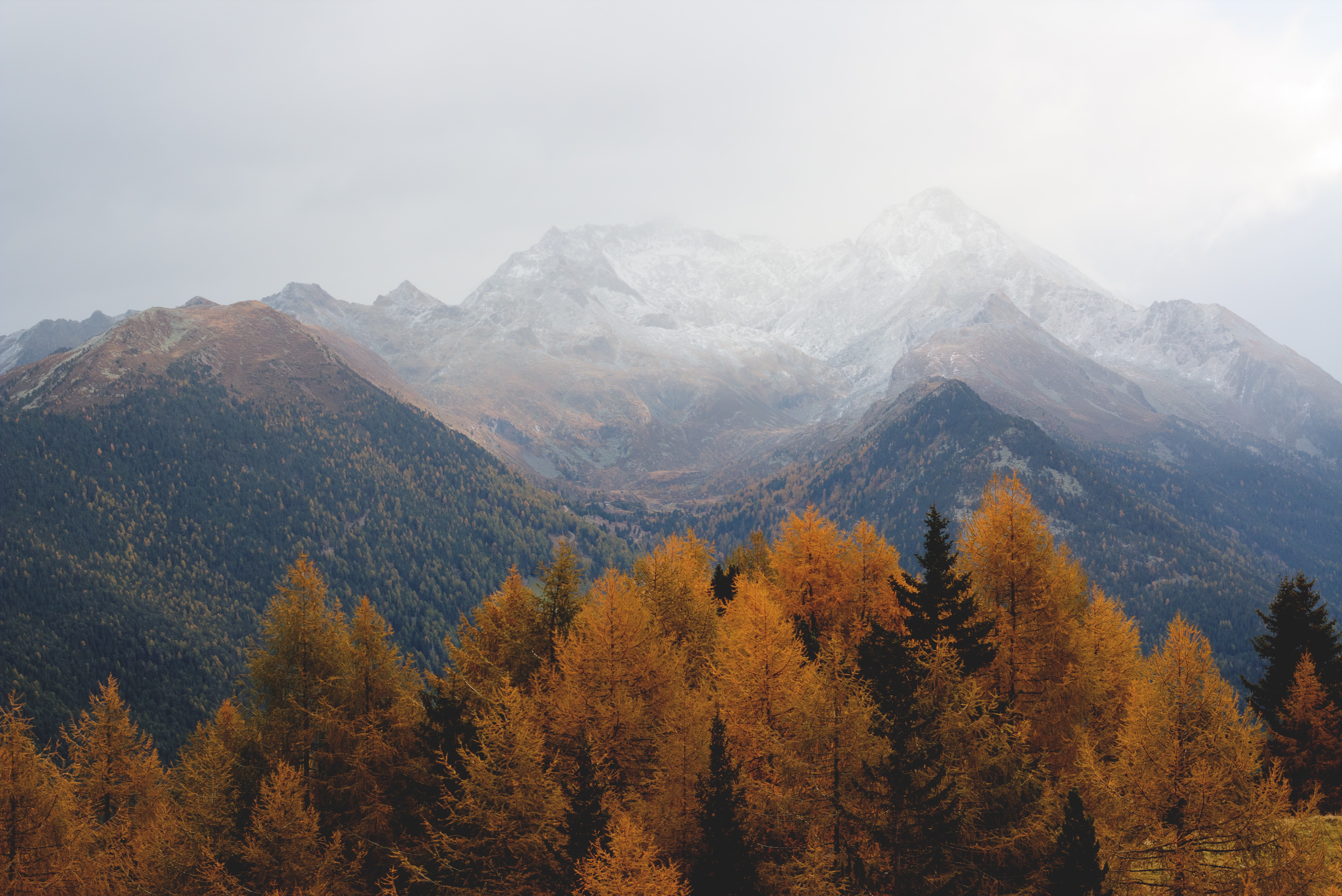Yes, I too measure my adventures with such metrics as vertical feet, miles hiked, and summits attained. Though its hard to quantify, I also attempt to measure the success of my eco-friendly outdoor lifestyle. Did I leave my campsite cleaner than how I found it? Did I unnecessarily create a new approach trail by bushwhacking? I have long been aware of how my recreation alters landscapes. Still, a recent climbing trip was a watershed moment realizing how I fit into the outdoor community as a whole.
It was just my second climbing trip to the Bugaboos. I spent my days in this climbing mecca ascending granite spires and resting in the Applebee Dome Campground. It was the tail end of the peak season and I began to notice a few things. Several visitors had left trash behind in empty bear lockers. Snow had melted on the col, revealing human waste. The park commits to preservation by providing resources like pit toilets and clearly designated campgrounds. Yet, heavy seasonal crowds were still degrading the fragile alpine landscape, and much of it felt avoidable.
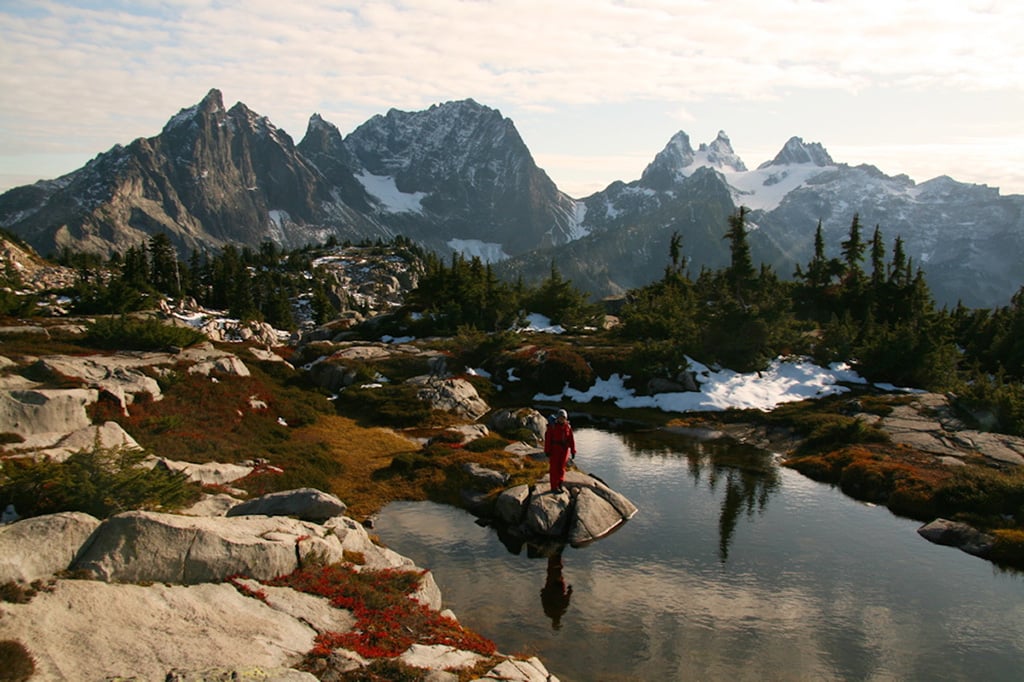
More people are spending time outside than ever before. In its annual outdoor participation report, the Outdoor Industry Association documented a net increase of 1.7 million people participating in outdoor activities from 2016 to 2017. An individual outdoor enthusiast very often lives an eco-friendly outdoor lifestyle, but environmental impact is a numbers game. Individual efforts are overshadowed by the sheer volume of those seeking outdoor experiences. We’re loving places to death. To ensure the well-being of our beloved natural playgrounds, we need to become better environmental stewards ourselves and get our friends and community on board as well.
Following the seven Leave No Trace principles is a great place to start, but there’s much more you can do. Whether you enjoy climbing mountains, kayaking rivers, or hiking trails, it’s easy to take steps to reduce your environmental footprint.
5 Tips for an Eco-Friendly Outdoor Lifestyle
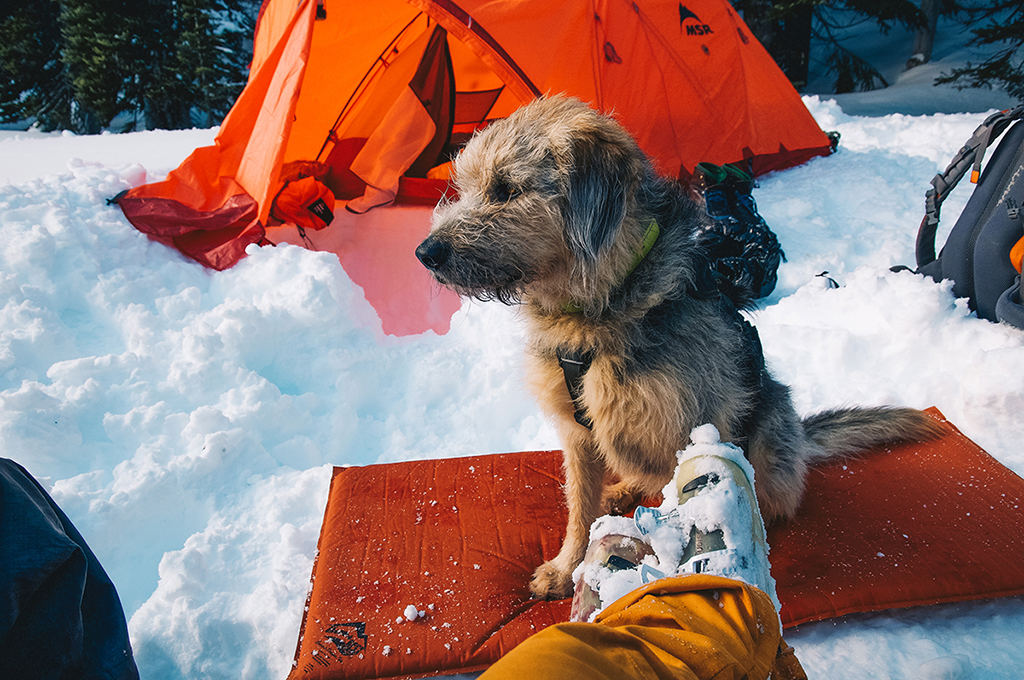
1. Buy Gear Meant to Last
Exploring the backcountry requires owning the proper equipment. Outdoor lovers are often regarded as gear junkies – and I’m no exception. The more time you spend outdoors, the faster your gear wears out and you need to replace it. If you’re new to a sport, it’s tempting to save money and invest in low-quality products. But buying gear meant to last is more economical in the long run. It’s also more eco-friendly — reducing the number of tents, pads, and sleeping bags that end up in landfills. Therm-a-Rest designs and manufactures gear meant to last. I’ve been resting on my NeoAir XTherm for years and despite countless nights bivvying in the alpine, I have not yet needed to repair it.

2. Repurpose Retired Equipment
While you can’t use all outdoor gear forever, you can choose to repurpose retired equipment instead of throwing it away. As a climber, regularly replacing my rope and soft goods is a measure of safety. Retired climbing ropes make for aesthetic rugs, dog leashes, beer coozies, and more — the possibilities are endless. It’s popular for snow sports lovers to turn retired skis and snowboards into Adirondack chairs, benches, shelves, and rustic home decor.
If you need to upgrade the gear you have and it’s still useful, consider selling it through gear swaps or donating it to organizations in need. Programs like Gear Forward accept gently used outdoor gear and gift it to the next generation of adventurers while Bikes Not Bombs refurbish old bicycles to help transform communities in developing nations.
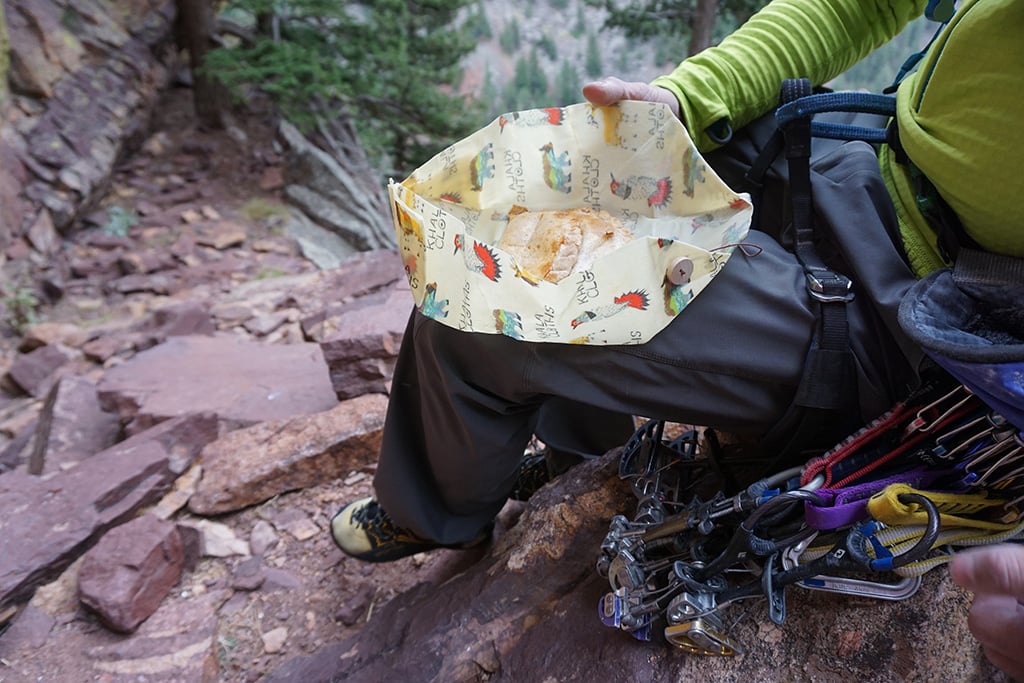
3. Rethink Food Storage
Plastic pollution is one of the biggest issues plaguing the planet. Backcountry travel often resigns us to storing food and water in plastic throw-away baggies and bottles. Plastic breaks down into microscopic particles over hundreds of years without biodegrading. Meaning that bottle you dropped on the trail–or even threw in the garbage bin at the trailhead–will be around long after you’re gone.
Serious backpackers know that purchasing single-use energy bars and gels — as opposed to buying in bulk — keep pack weights down. While the mantra “every ounce counts” applies to most outdoor activities, rethinking the way you store your food is better for the environment. As an alternative to single-use plastic baggies, opt to use compostable beeswax or vegan wax wraps. Wax wraps are lightweight, protect your food, and are flexible enough to shape into any kind of lunch box, snack pack, or food seal. You can reuse wax wraps dozens of times — and once they’ve lost their form, repurpose or compost them — making for an ideal alternative to plastic.
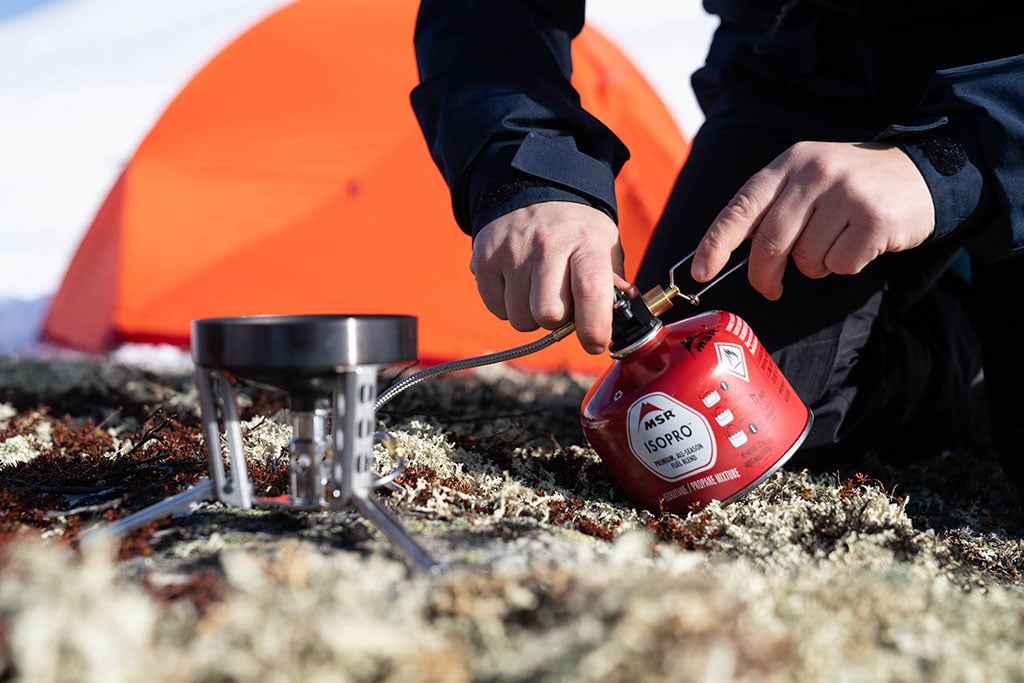
4. Recycle Fuel Canisters
Single-use fuel canisters are filling our landfills, despite being recyclable by nature. But don’t make the mistake of tossing one into your curbside bin — it’s destined for a landfill. This is because very few curbside programs handle the mixed metal recycling required for fuel canisters. A little extra research and effort and you will likely find a facility in your area that will recycle your empty canisters, so long as you follow instructions to ensure they’re empty. This usually means puncturing the canister and venting the fuel (bottle openers work great for this purpose). Some facilities will accept empty propane (steel) containers as well, but you’ll need to double-check with the center.
Mountain Safety Research is upping the ante and giving people who return empty canisters to its Seattle headquarters’ repair shop 20-percent off of new a MSR fuel canister purchase. The best thing to do? Invest in refillable fuel bottles, but due to travel restrictions, that’s not an option for everyone.
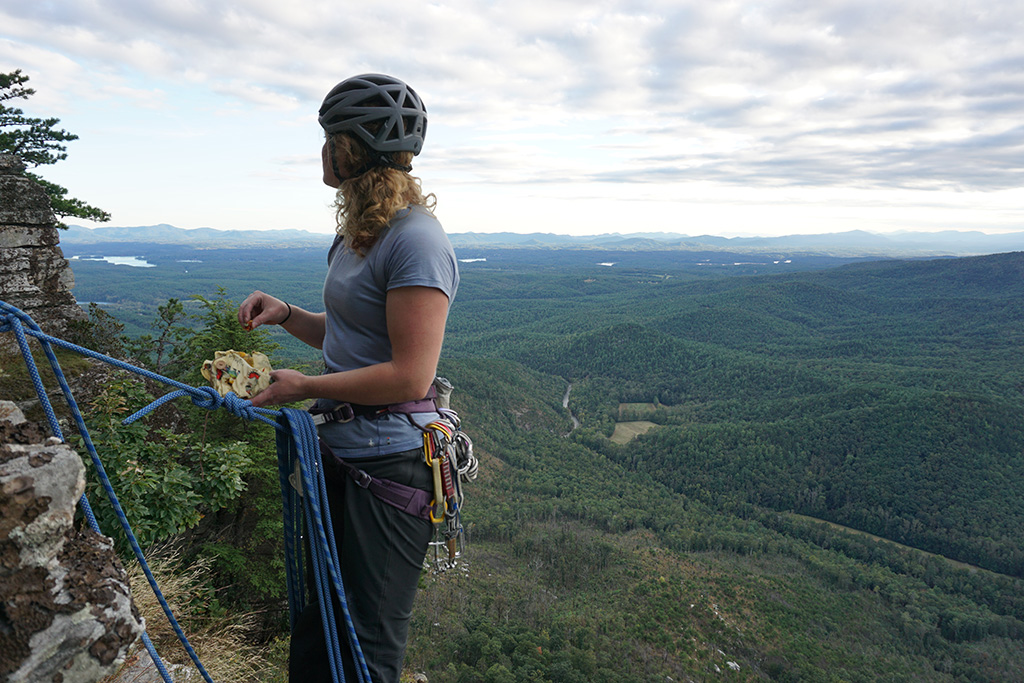
5. Go Above and Beyond
Limited wild spaces and increasing human impact means ethical compliance is simply not enough to preserve the environment for future generations to enjoy. We should collectively strive to leave the outdoors the way we found it — but those with the means should aim to make it better.
When you’re climbing outdoors, brush off your chalk marks and choose liquid over the powdered form, as liquid chalk leaves less residue. When you’re hiking, pick up any trash you find on the trail, avoid bushwhacking, and don’t cut switchbacks. Volunteer for a trail day to learn how much work goes into creating and maintaining hiking trails — you’ll be less likely to leave the beaten path in the future.
Importantly, spread the wisdom. Before setting out on a trip, ensure your group is on the same page in terms of conservation. Discuss it and make it an important aspect of your experience. This way everybody holds each other accountable and good habits grow strong roots. When your buddies join other crews in the future, they will exemplify an eco-friendly outdoor lifestyle to a broader community.
A Better Tomorrow
It’s easy to get discouraged by somber facts and figures, so focus on the positive. More people are enjoying the outdoors than ever — which boosts the industry and creates new resources for conservation. Let’s tip the scales in favor of the outdoors and transform the principles of “leave no trace” into acts of environmental restoration.
Updated. Originally published October 27, 2019.
